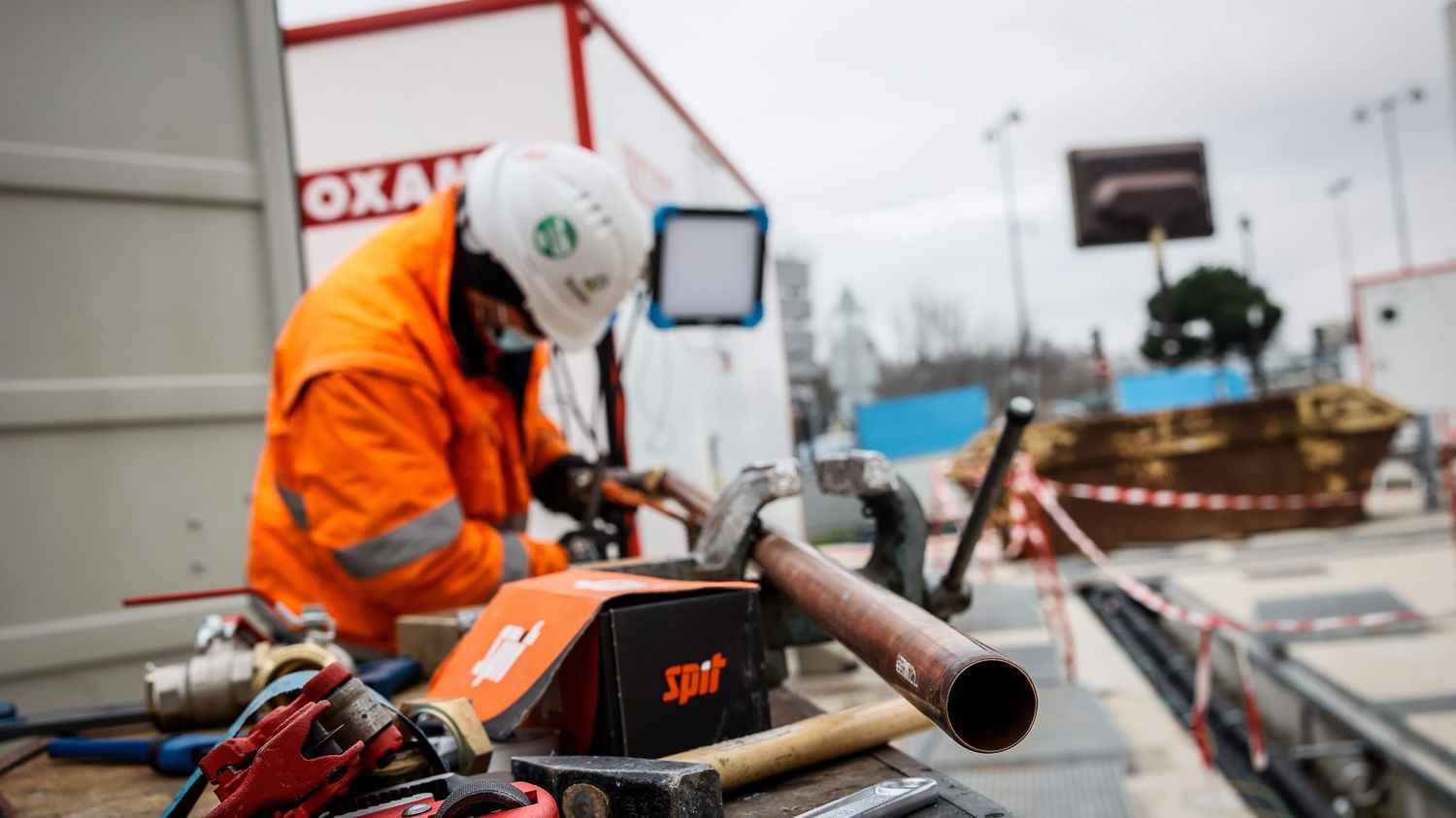Yellow lines on the ground mark the limits not to be exceeded for visitors to the H2 Factory. This is the brand new Engie research center dedicated to hydrogen, in Stains, in the Paris region. Two hundred researchers work there and have machines worthy of a science fiction film like “electrolysis technologies” or some “high temperature fuel cells”.
>> INFO FRANCEINFO. Environment: TotalEnergies, Lafarge and around fifty polluting industrialists invited to the Elysée Palace
The challenge is to urgently bring out a hydrogen industry that did not exist five years ago. “We have no choice, it’s a race against time, comments Claire Waysand, economist and general secretary of Engie, we industrialists have an important responsibility. To achieve this, we know that we still need research and innovation to make the energy transition a success at the lowest cost”.
The day after the opening of COP27, 50 of France’s biggest industrial polluters were invited to the Élysée Palace on Monday 7 November. Emmanuel Macron intends to push them to lower greenhouse gas emissions with a 20% reduction at the national level by 2027. One of the solutions proposed by the president is the use of carbon-free hydrogen to replace the fossil fuels. Two years after the presentation of the French plans for hydrogen, the sector is getting structured but is still far from being ready to take over.
Hydrogen can be used in industry to replace fossil fuels: for example, it can replace coal to make steel. In two years, the State has mobilized nine billion euros in the France Relance and France 2030 plans. Since then, the war in Ukraine and inflation have added to the climate emergency. But the sector still has to move from the laboratory stage to that of industrial application. It’s in progress assures Catherine McGregor, the boss of Engie: “Today, we have projects in development on an industrial scale, but they are not yet under construction.” A hundred projects in total across the globe according to the CEO.
Today, more than 90% of the hydrogen produced is said to be “grey”. This means that it is produced from hydrocarbons and therefore it is also polluting. In order to succeed in the ecological transition, low-carbon hydrogen is needed: either produced from CO2 capture, a contested process, or produced from renewable energies.
According to Sébastien Arbola, vice-president of Engie, the production of green hydrogen will have to be globalized to be viable. “We will have to look for cheap renewables in Brazil, the Middle East, the Maghreb countries for example, where there is an overabundance of renewables, wind from the sun”, he observes. “Renewable hydrogen can be produced in Europe but probably in areas more favorable for sun and wind.” Three quarters of the production of green hydrogen could therefore be done outside Europe and be transported by boat, provided that they themselves find non-polluting fuels.
